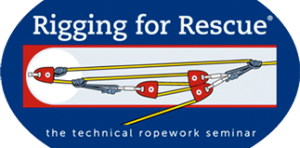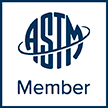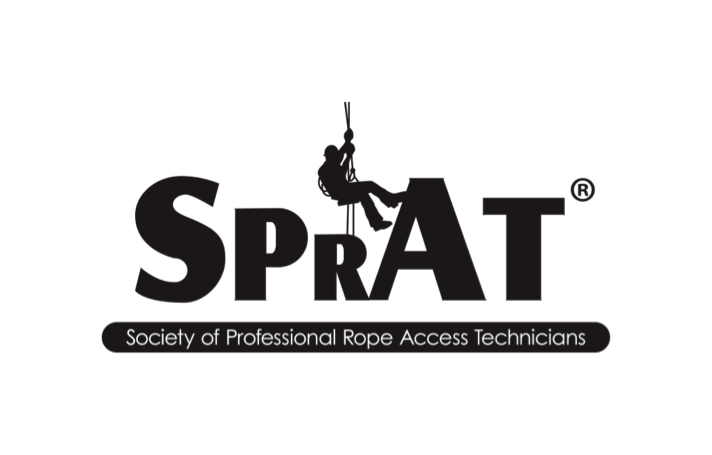VT Prusik for Rescue Belays
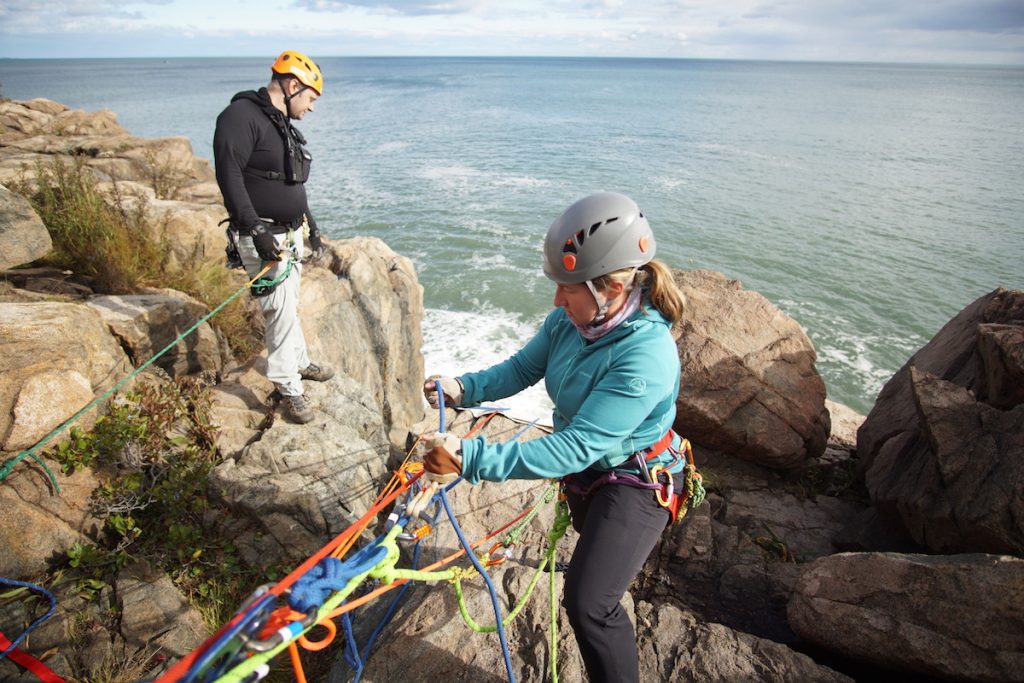
VT Prusik for Rescue Belays – Abstract Rope rescue teams typically operate redundant two-rope systems with inclusion of a failsafe mechanism for fall arrest. Examples include the MPD, 540° Rescue Belay, Petzl I’D, and Tandem Prusiks to name a few. Teams operating in remote environments with longer ingress/egress distances often favor lighter weight, multi-purpose systems and devices as part of their overall mission profile. In 2013, Rigging for Rescue began examining the Bluewater VT Prusik (configured as a Schwabisch ‘Max over One’ hitch) as an alternative to the Tandem Prusik Belay. In 2014, this author presented at ITRS quick look tests considering a variety of Aramid fiber friction hitches and configurations. Initial results for the VT Prusik were favorable and thus additional testing was warranted. Further testing was conducted in 2017 and 2019. The purpose was to critically examine the capabilities and limitations of the VT Prusik as a device suitable for managing fall arrest on a rope rescue system while lowering or raising a 200kg mass. Since the 2014 ITRS presentation, three primary areas of inquiry include: The British Columbia Council on Technical Rescue – Belay Competence Drop Test Method (BCCTR BCDTM) Human operators using a snug top-rope while lowering Raising scenarios with a snug top-rope and human operators Additionally, tests were conducted with the tensile testing machine on drop test sample ropes and Prusiks. The laboratory style tests (i.e. BCCTR BCDTM) demonstrated favorable results that were within industry acceptable performance criteria for: Maximum arrest force Stopping distance Integrity of the device and rope system The human operated tests we conducted produced results that compared favorably to other tests we have either witnessed or been made aware of utilizing Nylon TPB (with human operators). Mechanical devices with purpose-built fail-safe mechanisms will undoubtedly prove more reliable for fall arrest versus a user-configured system such as Tandem Prusiks or the VT Prusik. However, for teams with specific mission profiles that place a high value on lightweight, multi-purpose equipment, the single VT Prusik configured as a Max over One, appears to be a superior alternative to the traditional Nylon Tandem Prusik Belay. VT Prusik for Rescue Belays For more information, check out Rigging for Rescue’s video testing samples.
The Great State of Maine

[one_full last=”yes” spacing=”yes” center_content=”yes” hide_on_mobile=”no” background_color=”” background_image=”” background_repeat=”no-repeat” background_position=”left top” hover_type=”none” link=”” border_position=”all” border_size=”0px” border_color=”” border_style=”solid” padding=”” margin_top=”” margin_bottom=”” animation_type=”0″ animation_direction=”down” animation_speed=”0.1″ animation_offset=”” class=”” id=””][youtube id=”2kUZrF7iObs” width=”800″ height=”550″ autoplay=”no” api_params=”” class=””][/youtube][fusion_text]We recently returned from our biennial visit to the spectacular coast of Maine on Mount Desert Island in Acadia National Park. The training event brings together the handful of SAR teams that perform high angle rope rescues in the state. Given the small size of the state, it is not uncommon for the various Maine SAR teams to respond to mutual aid requests on more technical calls. The opportunity to train together every other autumn provides for great discussions on risk management decision-making, systems & devices, as well as agreed upon terminology for command and control. At the time of our previous visit, we identified a unique geological feature on one of the sea cliffs in Acadia. That discovery was filed away and we made plans to utilize it at the next training. We dubbed the feature the Crack of Doom. The approach to the fissure was unremarkable and you would not have suspected there was a narrow 25m slot going right down to the Atlantic. There was even an existing social trail frequented by visitors that passed only 4-5m uphill from where the crack originated, yet offered no indication of its existence. Apparently there was a fatality in recent history whereby a visitor slipped and fell into the slot while approaching too close. It seemed to be a worthwhile ropework objective. We spanned the slot with an artificial high directional device and lowered a participant into place on a 2-rope system to act as the stranded Subject. The ropework puzzle was solved using some confined space techniques such as lowering the rescuer on parallel pulley systems for the eventual pickoff. We secured the Subject on a small jigger system to allow the Attendant the ability to easily adjust their relative position during the raise. Additionally, the vertical stagger of the Attendant and Subject allowed the rescuer to clear the confined space entry hole at the top first and then stop the two-rope raising system; from there, the rescuer raised the Subject through the hole using the jigger system and did not have to rely on commands to move the Subject through what was a very narrow slot. It was a great exercise requiring very precise rope alignment as well as team coordination. It is always a privilege to travel to the great state of Maine for rope rescue trainings and we look forward to the next visit in 2021. [/fusion_text][/one_full][separator style_type=”none” top_margin=”” bottom_margin=”” sep_color=”” border_size=”” icon=”” icon_circle=”” icon_circle_color=”” width=”” alignment=”” class=”” id=””]
Summer wrap-up
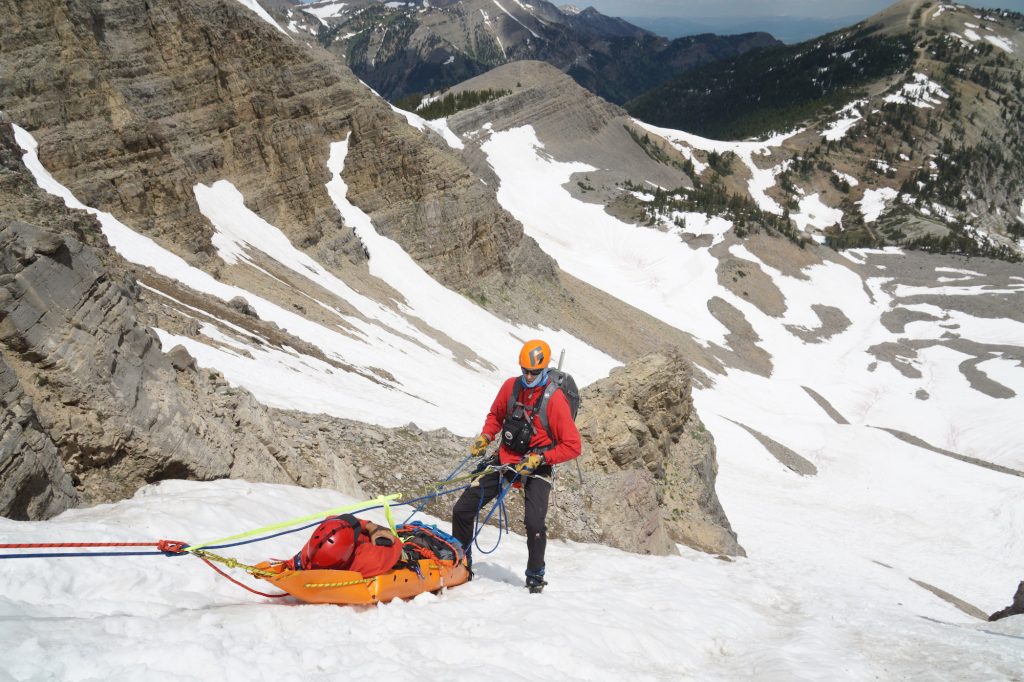
The summer RfR season proved to be a whirlwind. We traveled near and far working with a variety of rescue teams from very different backgrounds and mission profiles. Continued areas of participant interest included: pros and cons of Two Tensioned systems and how/when/why to apply them effectively use of the VT Prusik in rescue systems as both a rope grab and a fall arrest device optimization of the overall team and managing human factors Rigging for Rescue principals Kevin Koprek and Mike Gibbs are slated to present new information to the rescue community on the above topics at the upcoming International Technical Rescue Symposium to be held in Albuquerque, NM in early November. For several years now, we have been conducting drop tests incorporating live device operators. These tests have included a variety of devices, systems, and rope tensioning approaches including the VT Prusik, ATCs & Scarabs with Prusik backups, and the MPD. We look forward to sharing the results.
